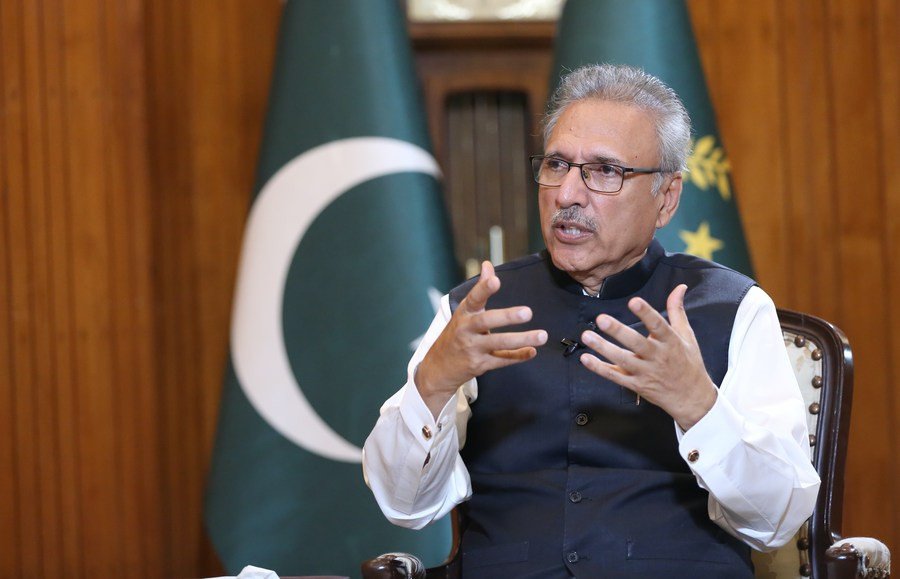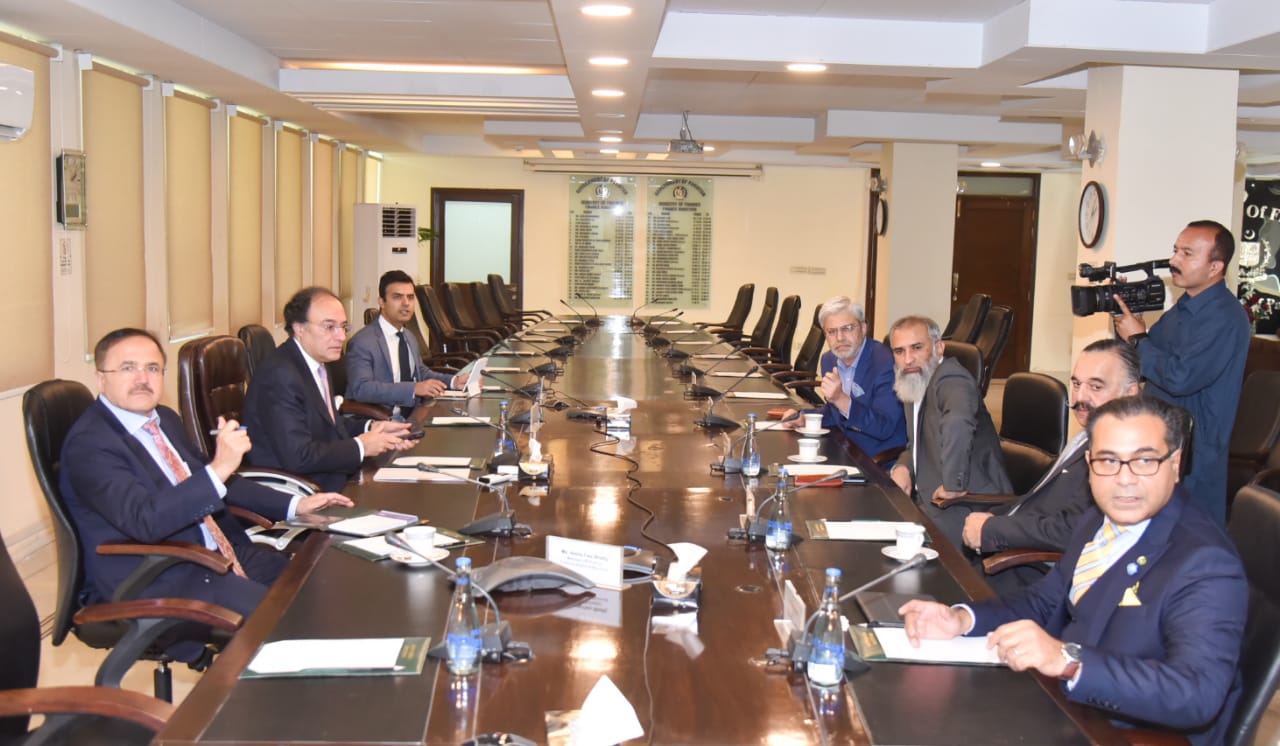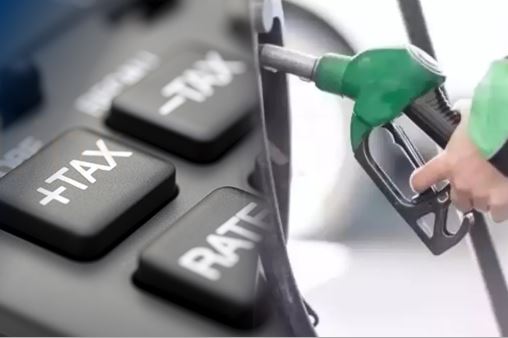Mohsin Siddiqui (Chief Reporter)
The Finance Ministry has recently disclosed that expenditures continue to be under substantial pressure, primarily due to escalating mark-up payments. This financial strain is a significant factor behind the notable 39.7% reduction in credit to the private sector. The Economic Adviser Wing (EAW) of the Finance Division, in its Monthly Economic Update and Outlook for May 2024, highlighted that credit to the private sector plummeted to Rs77 billion from July 1st to May 3rd of the current fiscal year, compared to Rs127.6 billion during the same period last fiscal year.
This decline in private sector credit has likely contributed to the negative growth in large-scale manufacturing (LSM), which recorded a decrease of -0.10% from July 2023 to March 2024. Despite a rise in revenue, expenditures remain significantly pressured due to increasing mark-up payments.
In contrast to the struggles faced by the private sector, agriculture has emerged as a primary driver of economic growth in the current fiscal year, achieving a growth rate of 6.25%. This robust recovery in the agricultural sector can be attributed mainly to government initiatives aimed at improving input supplies and boosting credit disbursement to farmers. Between July and April 2024, the production and sales of farm tractors soared by 54.8% and 56.6%, respectively, while agricultural credit disbursement surged by 33.8% during the same period.
However, the agricultural input scenario presented a mixed picture in April 2024, with urea off-take declining by 19.7%, whereas the off-take of DAP (Di-Ammonium Phosphate) fertilizers increased by a substantial 82.5%. To address the financial challenges faced by farmers, the update emphasized the importance of targeted subsidies, which are crucial for sustaining agricultural productivity and growth.
The federal and provincial governments’ incentives, particularly the Kissan card scheme, have played a pivotal role in promoting agriculture-led economic growth. The initial input situation indicates favorable production outcomes compared to last year’s Kharif season, thanks to these supportive measures.
The inflation outlook for May 2024 shows a downward trend, driven by the high inflation levels of the previous year and improvements in the domestic supply chain for perishable items. The report predicts that inflation will remain within the range of 13.5% to 14.5% for May 2024.
During the first nine months of the current fiscal year (July-March 2024), the fiscal deficit was recorded at 3.7% of GDP, while the primary balance posted a surplus of 1.5% of GDP. Total expenditures surged by 36.6% to Rs13,682.8 billion from Rs10,016.9 billion in the same period last year, with a significant portion attributed to a 54% increase in mark-up spending.
According to the EAW report, remittances grew by 3.5% to $23.8 billion from $23 billion in the same period the previous year. Exports saw a 10.6% increase to $25.7 billion from $23.2 billion, while imports decreased by 5.3% to $43.4 billion from $45.8 billion. The current account deficit narrowed dramatically by 94.8% to $0.2 billion from $3.9 billion. Foreign Direct Investment (FDI) also saw an increase of 8.1% to $1,457.9 million from $1,348.8 million.
The Federal Board of Revenue (FBR) reported a 30.6% increase in revenue, reaching Rs7,362 billion from Rs5,638 billion during the same period. Non-tax revenue nearly doubled, increasing by 94.8% to Rs2,417 billion from Rs1,241 billion. However, the Public Sector Development Program (PSDP) for the federal government saw a 2.2% decline to Rs322 billion from Rs329 billion. The fiscal deficit increased by 26.8% to Rs3,902 billion during July-March 2023-24 from Rs3,079 billion in the same period last year, while the primary balance improved significantly to Rs1,615.4 billion from Rs503.8 billion.




